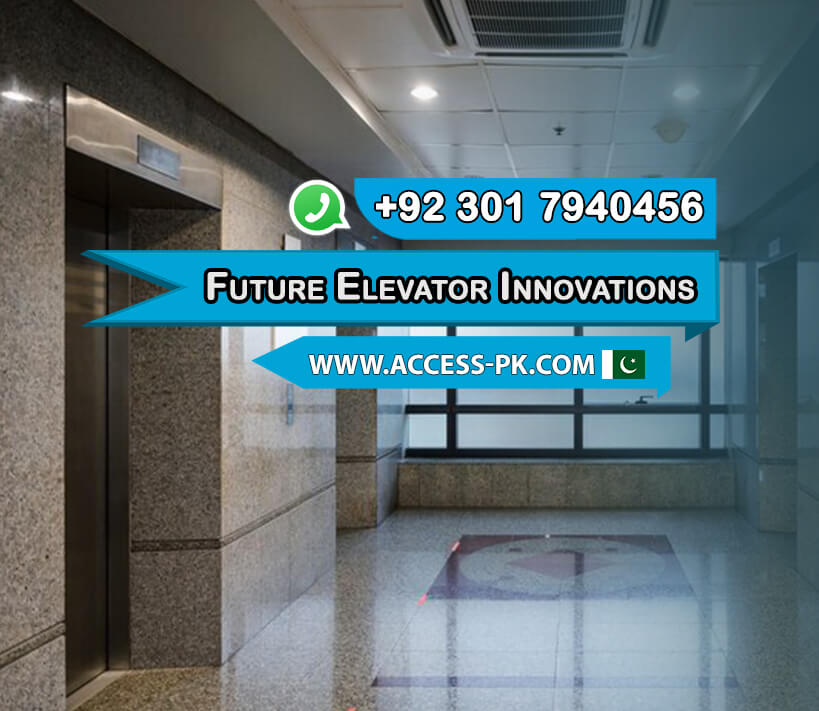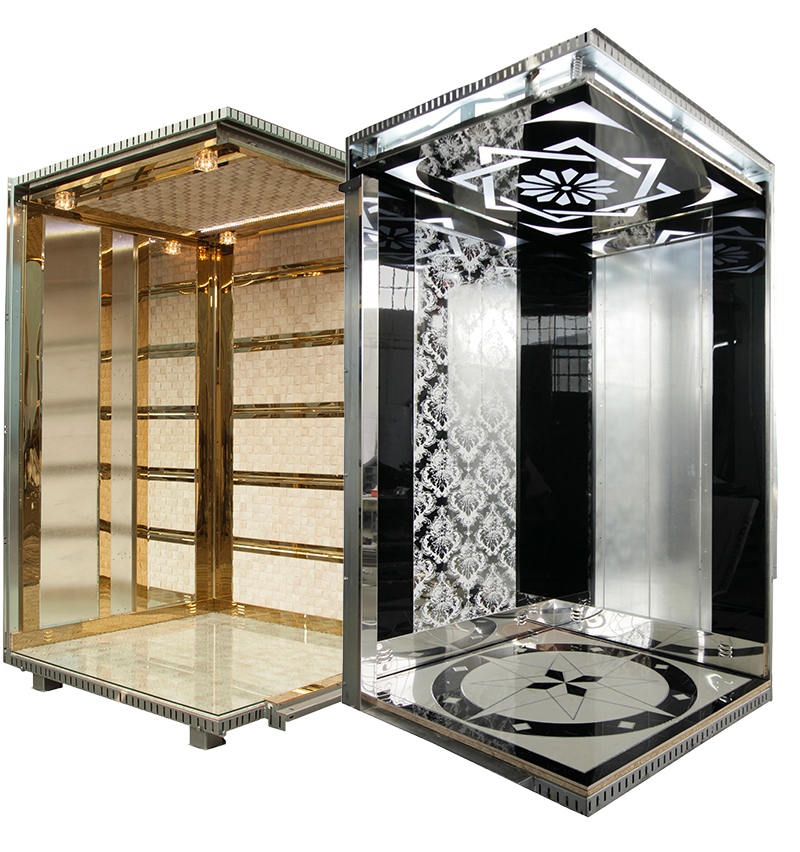Elevators have come a long way since the first recorded reference of an elevator-like device in ancient Greece. From simple platforms lifted by ropes to high-tech systems that can travel hundreds of meters, elevators have become an integral part of modern life. Elevator history shows how this technology has changed and developed over time, and it’s fascinating to see how it has evolved. Access Technologies, as the largest elevator company, has played a significant role in shaping the modern elevator industry. In this blog post, we’ll explore the history of elevators and how they have adapted to meet the changing needs of society.
Ancient Greece has the earliest known reference to an elevator-like device, using a pulley system to lift heavy objects. Elevators began transporting people in the 19th century. Here are some key developments in their early history:
- 1743: A counterweight elevator was built by French scientist Louis XV. It was powered by human or animal power and was used to move materials.
- 1823:Architects Burton and Hormer built an “ascending room” in London, which transported people and cargo and was powered by steam.
- 1853: Elisha Otis invented the safety elevator. This device had a braking system that would engage if the elevator’s hoisting ropes broke. Otis’s invention made elevators much safer, and the company he founded is still a major player in the elevator industry today.
Modern Elevator Technology:

In the 20th century, after the earlier elevator history, elevators underwent a revolution in terms of technology. Hydraulic and electric systems replaced steam-powered systems, and elevators became faster and more efficient. Here are some key developments in Best elevator technology:
- 1928: The first automatic elevator was invented by Otis. It was able to operate without a human operator.
- 1949: Otis introduced the “stainless steel elevator,” which featured a sleek, modern design that is still popular today.
- 2009:They completed the Burj Khalifa in Dubai, which is the tallest building in the world. It features elevators that can travel at speeds of up to 40 miles per hour.
Future Elevator Innovations:

As technology continues to advance, elevators are likely to become even faster, more efficient, and more eco-friendly. Here are some potential future innovations in elevator technology:
Maglev elevators:
These elevators use magnetic levitation technology to move vertically, allowing them to travel at faster speeds than traditional elevators.
Elevator robots:
In fact, robots could control elevators instead of human operators. These robots use artificial intelligence to transport people and goods.
Green elevators:
Elevators could become more eco-friendly by using regenerative drives. These drives capture energy when the elevator is descending and use it to power the elevator when it is ascending.
Conclusion:
The elevator history is a fascinating one, full of technological innovations that have transformed the way we move people and goods vertically. From ancient Greece to the modern skyscraper, elevators have come a long way, and it’s clear that they will continue to evolve in the future. With new technologies like maglev and artificial intelligence on the horizon, the possibilities for elevators are truly endless.
Modern to Future Innovations:

From high-speed elevators and destination control systems to machine room-less elevators and regenerative braking, modern elevator technology has transformed the way we move vertically within buildings. However, the future of elevator technology is even more promising, with potential innovations such as maglev elevators, multi-directional elevators, and ropeless elevators. Autonomous elevators, energy-generating elevators, transparent elevator cars, and holographic displays are also some of the possibilities. As technology continues to advance, we can expect elevators to become even faster, more efficient, and sustainable, providing a safer and more enjoyable experience for passengers. The evolution of vertical transportation is an exciting prospect that holds immense potential for the future of architecture and urban design.
Get Free Quotes



